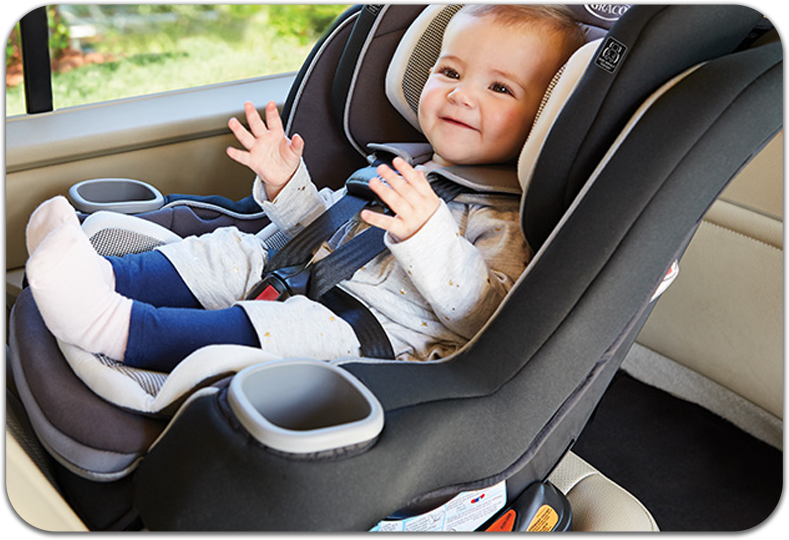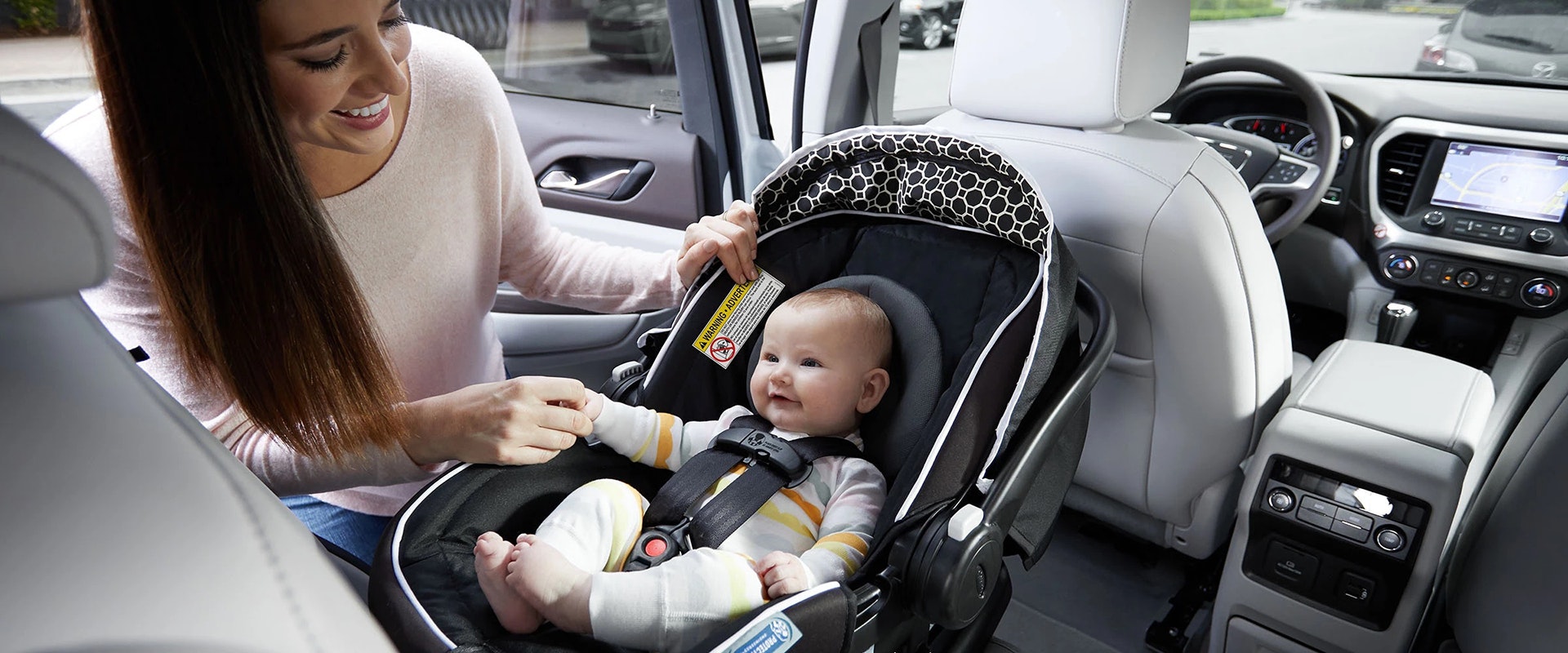When it comes to your baby’s safety, choosing the right car seat is one of the most important decisions you’ll make. With so many options on the market, finding a car seat that meets all the safety standards while also being convenient and comfortable can feel overwhelming.
But don’t worry — with a well-researched checklist, you can simplify the process and make the best choice for your family. Here’s your ultimate guide to buying a baby car seat.
Trusted for Safety and Comfort

Babymore is a trusted British brand that specializes in designing and manufacturing high-quality nursery furniture and baby products. With years of experience, Babymore offers a wide range of award-winning cribs, cot beds, mattresses, prams, pushchairs, and car seats. Parents trust Babymore for its commitment to safety, comfort, and style.
Ensure the Car Seat Meets Safety Standards
The first and most important factor when choosing a car seat is safety. Make sure the car seat complies with UK safety regulations. Look for seats that are certified under the European Union safety standard ECE R44/04 or the newer i-Size regulation (R129), which includes more stringent crash tests and requires rear-facing travel for longer periods.
- Look for safety labels on the seat.
- Ensure the seat meets crash-test regulations.
- Check for side-impact protection.
Choose the Right Type of Car Seat for Your Child’s Age
Car seats are categorized by your child’s age, height, and weight. It’s crucial to select a seat that fits your baby’s current needs and can adapt as they grow.
- Infant Car Seats (Group 0+): Suitable for newborns up to 12-15 months, these seats are rear-facing to protect your baby’s neck and spine in the event of an accident.
- Convertible Car Seats: Designed to grow with your child, these seats can be used from birth up to four years or more. They switch from rear-facing to forward-facing as your baby grows.
- Booster Seats: For older children (approx. 4 years and up), booster seats help position your child properly for the adult seatbelt.
Check for a Proper Fit in Your Vehicle
Not all car seats fit in every vehicle, so it’s essential to check compatibility. Measure your car’s backseat and look at the dimensions of the car seat before purchasing. If possible, test the seat in your car to ensure it installs properly.
- The car seat should not move more than an inch in any direction once installed.
- Check if the seat fits comfortably in the backseat without needing to adjust the front seats too much.
Installation Options: Seat Belt vs. ISOFIX
Car seats can be installed using either a seatbelt or an ISOFIX system (a metal connector that attaches directly to the car’s frame). ISOFIX is often considered safer because it reduces the risk of incorrect installation, but it’s important to ensure your car is equipped with ISOFIX points.
- ISOFIX offers a more secure installation but may be more expensive.
- Seatbelt installation is still safe but requires more careful attention.
Consider Ease of Use
Your daily life will be much easier with a car seat that is simple to install, adjust, and clean. Look for features that enhance usability, such as adjustable harnesses, easy-to-remove covers, and a base that stays in the car so you can easily snap the seat in and out.
- A one-pull harness adjustment.
- Removable and machine-washable covers.
- A car seat base that stays in the vehicle for quick in-and-out.
Check for Comfort Features
Your baby’s comfort during travel is essential. Make sure the car seat has plenty of padding, adjustable head support, and breathable fabric. Some car seats also offer additional recline options for added comfort during long journeys.
- Adequate padding and support for newborns.
- Adjustable recline positions.
- Breathable, easy-to-clean fabrics.
Look for Longevity and Adjustability
Investing in a car seat that will last as your child grows can save you money in the long run. Many convertible car seats are designed to accommodate babies from infancy to toddlerhood, and some can even convert into booster seats for older children.
- Adjustable harnesses and headrests.
- Seats that transition from rear-facing to forward-facing.
- Weight and height limits to ensure the seat will grow with your child.
Don’t Forget About Portability
If you’ll be transferring the car seat between vehicles or carrying your baby in the seat frequently, consider how heavy and bulky the seat is. Some car seats are designed with portability in mind and feature lightweight designs and ergonomic handles.
- Lightweight design for easy carrying.
- Convenient handle for carrying the seat out of the car.
- Compatible with travel systems (if you plan to attach the seat to a pushchair).
Set a Budget
While it’s tempting to go for the most expensive option, you don’t need to break the bank for a safe and reliable car seat. Set a budget, but make sure you don’t compromise on essential safety features. There are plenty of mid-range car seats that offer great safety, comfort, and usability without the premium price tag.
- Prioritize safety over additional features.
- Ensure the car seat meets safety standards, even at a lower price.
Conclusion
Choosing the right car seat for your baby is a big decision, but it doesn’t have to be overwhelming. By following this ultimate checklist, you can ensure that the car seat you choose is safe, comfortable, and fits your lifestyle. Remember to check for safety certifications, choose the appropriate seat type for your baby’s age and size, and ensure it fits your car correctly. Whether you’re using it daily or for long trips, a well-chosen car seat will give you peace of mind, knowing your little one is safe and secure.















